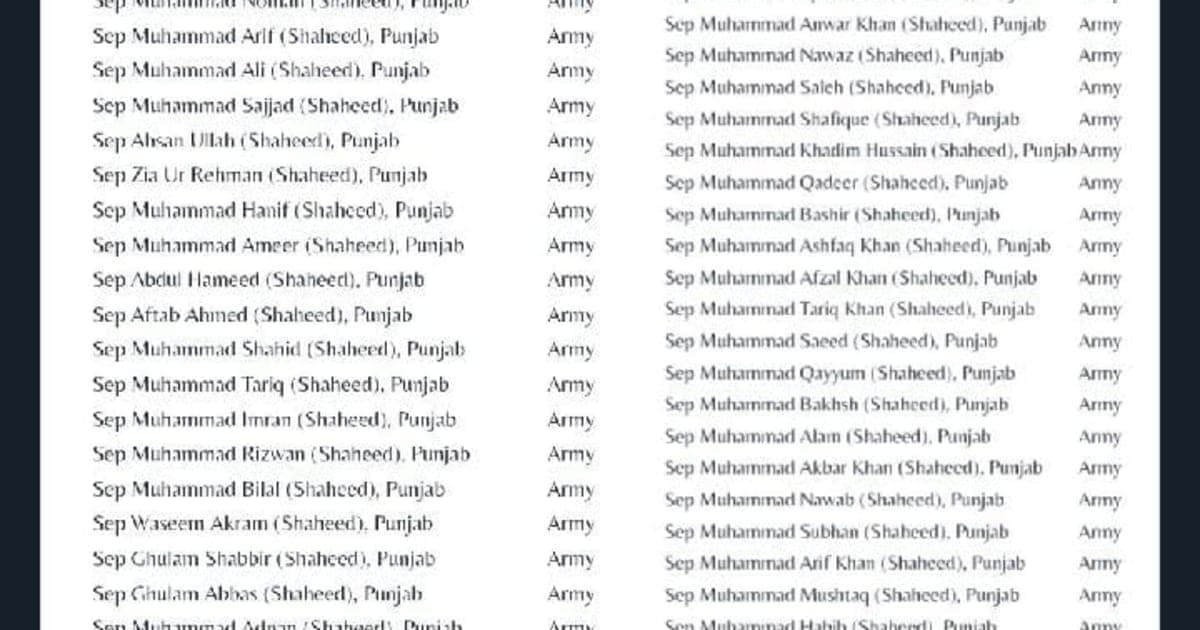On moonless nights along Pakistan’s western frontier, the silence is often broken by gunfire echoing across rugged mountains. The border fence stands as both shield and warning—the visible sign of an unfinished battle with the Tehreek-e-Taliban Pakistan (TTP). Despite a massive security build-up along the Durand Line, the threat of militant infiltration remains stubbornly real, keeping communities and soldiers alike in a constant state of vigilance. Since 2017, Pakistan has constructed more than 1,200 checkposts and fenced over 98 percent of its 2,670-kilometre border with Afghanistan—a defensive effort costing upwards of $530 million. “The fence is a deterrent, not an impenetrable wall,” a senior security official explains. In the first half of 2025, security forces intercepted more than 140 infiltration attempts, with a dramatic clash in April leaving 71 militants dead in North Waziristan. These numbers reveal both the scale of the threat and the resolve to resist it.
Despite the growing security presence, the border’s harsh terrain—steep ravines, riverbeds, and blind mountain passes—remains vulnerable. As a local army officer admits, “No fence or checkpoint is perfect in these mountains.” Militants take advantage of night, fog, and local tribal guides to slip past even the most vigilant patrols. Sporadic border tensions and limited cooperation with Afghan authorities only make the challenge steeper. At the diplomatic level, Pakistan has presented “dossiers” to the UN alleging Indian support for TTP activities, referencing suspicious bank transfers and intercepted communications. “We act on actionable intelligence,” asserts a former foreign minister, “but proxies threaten our peace.” India rejects the claims, and independent agencies have not confirmed them, while the UN Security Council places the TTP’s strongholds firmly inside Afghanistan.
For over 75,000 families in Waziristan and Kurram, security means daily inconvenience, lost education, and constant worry. “Each incident brings gunfire, roadblocks, and fear,” says Arif Khan, a resident of Mir Ali. Curfews and closed schools disrupt lives, and week after week, border communities wait for news—good or bad—from the fence. The state’s response continues to evolve, with over 30,000 troops now patrolling the border, backed by growing investments in drones and digital monitoring. Yet officials stress that “counter-extremism isn’t just about soldiers—it’s about jobs, education, and building hope,” as a recent Center for Research and Security Studies report puts it. The fight to secure Pakistan’s border is a battle waged on geography and trust. It’s about more than concrete and wire; it involves building alliances, addressing grievances, and supporting those living on the edge. As one security analyst in Islamabad concludes, “True safety will only come when every family in Waziristan feels peace inside and out.”




